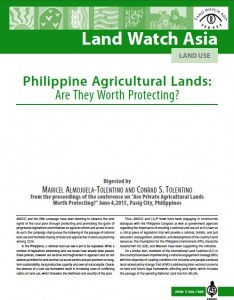Myanmar : Rice Price Reduction and Poverty Reduction
Myanmar is a low-income agrarian country
with a high poverty rate. The livelihood of many poor people
depends on the performance of agriculture, especially the
rice sector. Rice accounts for 70 percent of Myanmar s total
cultivated area and 30 percent of the value of its
agricultural production. Increasing returns to rice
production will be the key to increasing farm wages and
incomes in the short to medium run. Higher rice production






